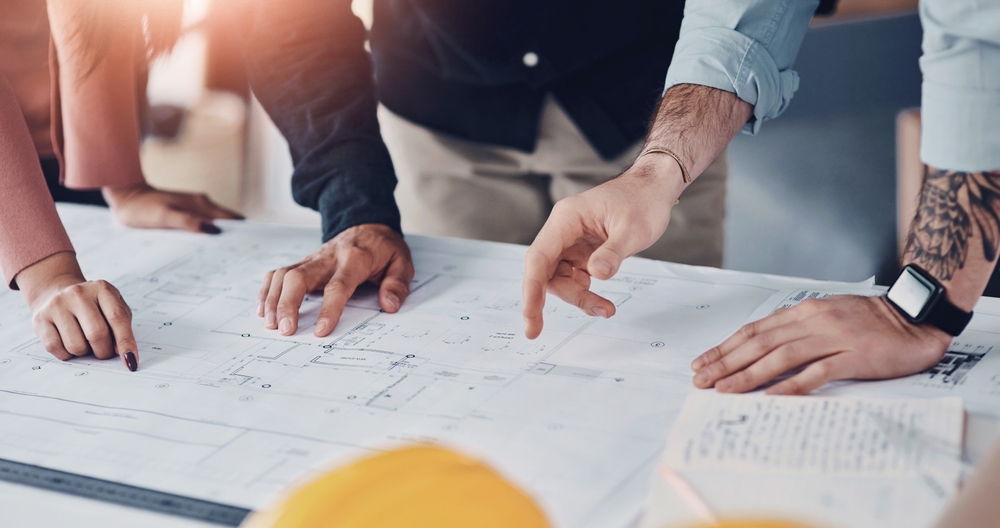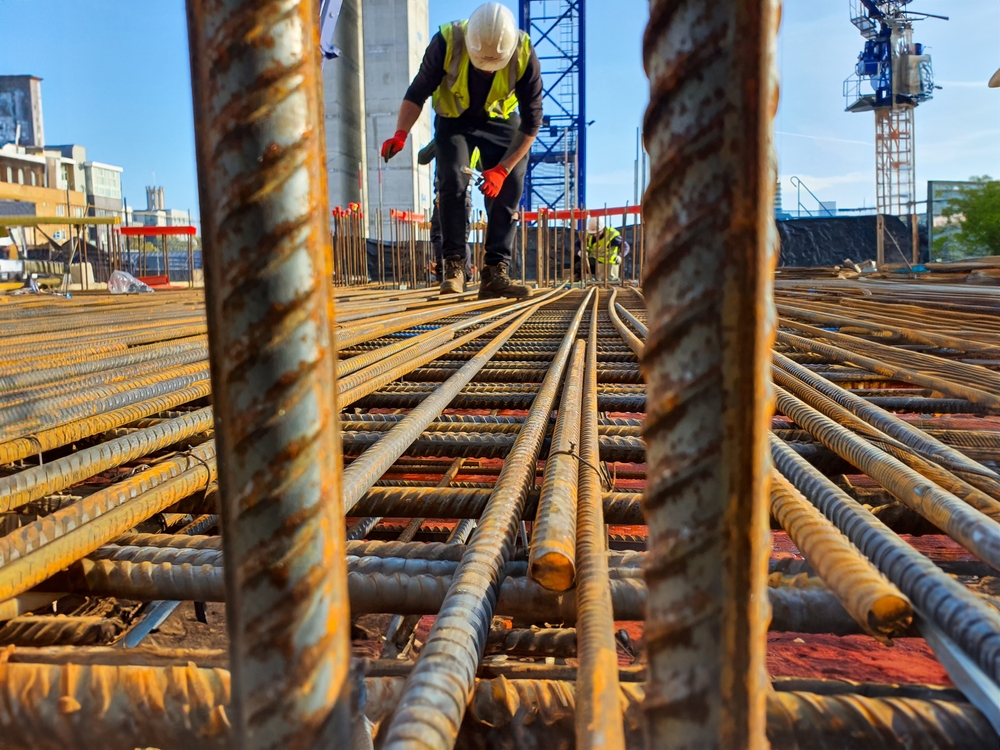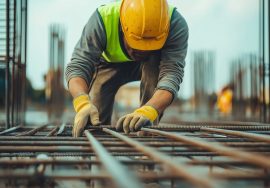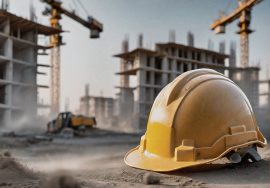How to Ensure Safety Standards with Construction Consultancy
How to Ensure Safety Standards with Construction Consultancy

Ensuring Safety Standards Construction Consultancy: Safety is a critical component of any construction project, regardless of size or complexity. Ensuring that safety standards are met not only helps prevent accidents but also contributes to the overall efficiency and success of the project. Construction consultants play a crucial role in helping businesses implement and maintain stringent safety protocols throughout the construction lifecycle. In this blog, we will explore how construction consultancy services help ensure safety standards, minimize risks, and create a safe working environment for all stakeholders.
1. Risk Assessment and Hazard Identification
Before construction work begins, construction consultants conduct thorough risk assessments and hazard identifications. These assessments help pinpoint potential dangers and allow for proactive safety planning.
- Site Analysis: Consultants evaluate the site for potential hazards such as uneven ground, proximity to hazardous materials, or environmental factors like extreme weather conditions.
- Safety Plan Development: Based on the risk assessment, consultants create a tailored safety plan that outlines all necessary precautions, emergency procedures, and safety measures required for the specific site and project.
- Ongoing Risk Monitoring: Consultants regularly monitor the site during the construction phase to identify new risks and adjust safety plans accordingly.
2. Compliance with Local and International Safety Standards
Ensuring compliance with local, regional, and international safety standards is a key responsibility of construction consultants. Consultants are experts in navigating the complex web of building codes, safety regulations, and industry standards that govern construction projects.
- Local and National Regulations: Construction consultants ensure that the project adheres to all local building codes, occupational health and safety regulations, and national safety standards. This reduces the risk of non-compliance penalties and legal complications.
- International Standards: For projects that meet global standards, consultants help ensure compliance with international guidelines such as OSHA (Occupational Safety and Health Administration) in the U.S., ISO standards, or other region-specific safety norms.
- Third-Party Safety Audits: Consultants arrange for third-party safety audits or inspections to verify that the project is meeting all necessary safety requirements.
3. Safety Training and Education for Workers
Construction consultants are responsible for ensuring that workers on-site are adequately trained to handle safety protocols and use equipment properly.
- Workforce Training Programs: Consultants develop comprehensive safety training programs tailored to the specific needs of the project and the risks involved. These programs cover topics such as the proper use of personal protective equipment (PPE), fall prevention, hazard communication, and safe operation of machinery.
- Ongoing Education: Safety isn’t a one-time lesson. Consultants ensure that workers receive ongoing education and refresher courses on safety protocols throughout the duration of the project to reinforce a culture of safety.
- Toolbox Talks: Consultants often conduct daily or weekly safety meetings, known as toolbox talks, to discuss specific risks, safety precautions, and project-specific challenges with workers.
4. Monitoring and Reporting Safety Performance
Consistent monitoring of safety performance is essential to ensuring the ongoing safety of the project. Construction consultants track safety metrics and report on the effectiveness of the implemented safety measures.
- Safety Inspections: Consultants conduct regular safety inspections on-site to ensure that safety standards are being followed. They check that workers are wearing appropriate PPE, machinery is functioning correctly, and safety barriers are in place.
- Accident and Incident Reporting: Consultants help set up systems for reporting accidents and near-misses. Analyzing these reports enables consultants to identify trends and implement corrective actions to prevent further incidents.
- Safety Audits: Periodic safety audits are conducted by consultants to assess whether safety standards are being met, and corrective actions are taken if necessary.
5. Implementation of Advanced Safety Technologies
Advancements in technology are transforming the way construction projects approach safety. Consultants are incorporating cutting-edge safety technologies to enhance site security and minimize risks.
- Drones for Site Inspections: Drones are used to perform aerial site inspections, particularly in hard-to-reach or hazardous areas. This reduces the need for workers to enter dangerous zones and provides real-time data on potential safety concerns.
- Wearable Safety Devices: Smart wearables, such as helmets with sensors or vests with GPS tracking, help monitor worker health and location. Consultants can track metrics such as body temperature, fatigue levels, or proximity to hazardous areas, ensuring workers are safe at all times.
- Safety Management Software: Consultants use safety management software to track safety protocols, conduct risk assessments, and ensure that safety records are up to date. These systems streamline the process of monitoring safety compliance and help reduce the risk of oversight.

6. Emergency Preparedness and Response Planning
Despite the best precautions, emergencies can still arise on construction sites. Construction consultants are responsible for developing robust emergency preparedness and response plans to ensure that any accidents or incidents are handled efficiently.
- Emergency Response Plans: Consultants work with the project team to develop clear, detailed emergency response plans that address potential scenarios such as fires, electrical hazards, or structural failures. These plans should include evacuation procedures, first aid protocols, and contact information for emergency responders.
- Drills and Simulations: Regular safety drills and emergency simulations are conducted to ensure that workers are familiar with emergency protocols. These drills help workers understand how to respond to a variety of emergency situations, reducing panic and confusion in a crisis.
- First Aid and Medical Support: Consultants ensure that first-aid stations are set up on-site and that medical professionals are available or on call in case of serious injuries. Workers are trained in basic first aid techniques to handle minor injuries until medical help arrives.
7. Establishing a Safety Culture
Creating a safety-first mindset is one of the most important contributions a construction consultant can make to a project. A safety culture ensures that everyone on the site is aware of the risks and committed to maintaining a safe working environment.
- Leadership Commitment: Consultants work with project leaders to foster a top-down commitment to safety. When leaders prioritize safety, workers are more likely to follow suit, creating a culture where safety is everyone’s responsibility.
- Safety Champions: Consultants may identify and train safety champions within the workforce—individuals who are responsible for promoting and enforcing safety protocols on-site. These champions play an important role in reinforcing safety practices and ensuring accountability.
- Employee Feedback: Consultants encourage open communication channels, where workers feel comfortable reporting safety concerns and offering suggestions for improvement. Regular feedback loops help improve safety protocols and create an inclusive safety culture.
Conclusion – Ensuring Safety Standards Construction Consultancy
Ensuring safety standards in construction is an ongoing process that requires a comprehensive approach. By engaging construction consultancy services, businesses can benefit from expert guidance on risk assessment, regulatory compliance, workforce training, technology implementation, and emergency preparedness. Consultants help create safer working environments, reduce the likelihood of accidents, and ensure that projects are completed efficiently, on time, and within budget.
With the right consultancy support, construction companies can not only meet safety standards but also create a culture of safety that will protect workers and contribute to the long-term success of their projects.
External Resources – Ensuring Safety Standards Construction Consultancy
Indian Green Building Council (IGBC)
- The IGBC promotes sustainable building practices in India. They offer guidelines and certifications that ensure construction projects meet environmental standards. Explore their resources at Indian Green Building Council.
L&T Construction
- One of India’s largest construction and engineering companies, L&T Construction provides services including project management, cost control, and engineering consultancy. For detailed information on their offerings, visit L&T Construction.
Read more related articles to enhance your knowledge and make informed decisions
10 Essential Steps in the Building Construction Process
How to Choose the Right Materials for Your Construction Project








